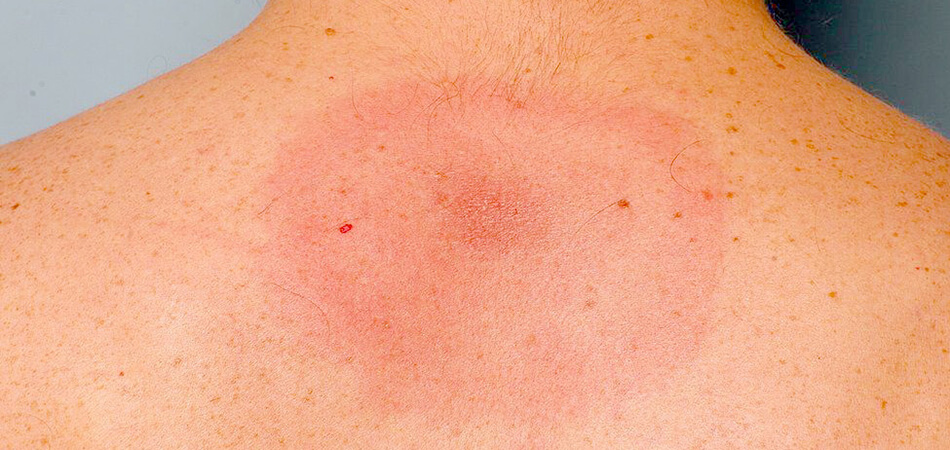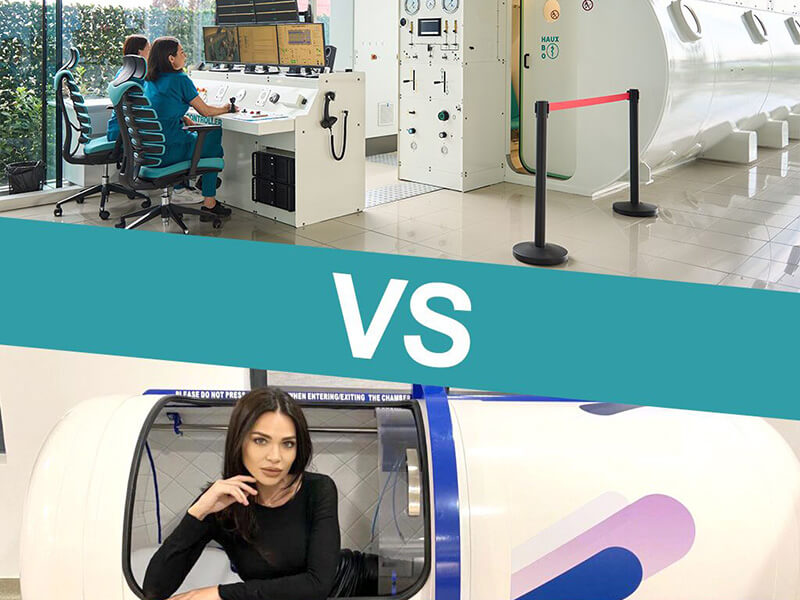
Article reviewed by: Dr. Sturz Ciprian, Dr. Tîlvescu Cătălin and Dr. Alina Vasile
Hyperbaric oxygen therapy in the treatment of Lyme disease
A simple tick bite can open the door to serious conditions, and one of them can be Lyme disease, also known as the "disease with 1,000 faces".
This infectious disease can be extremely serious, being triggered by the bacterium Borrelia burgdorferi and, more rarely, by Borrelia mayonii, Borrelia afzelii or Borrelia garinii.
How do you avoid Lyme disease?
Lyme disease, or borreliosis, is transmitted by a tick bite, especially by the species Ixodes Ricinus, which carries the bacteria that can trigger the disease. While feeding on the blood of infected small rodents, such as mice, the bugs pick up the bacteria. However, not all ticks carry the virus. For example, in areas at risk, such as forested and humid ones, only 20-40% of them have the spirochete Borrelia burgdorferi.
According to studies, transmission of the spirochete occurs when the tick remains attached to the skin and feeds on blood for at least 24 hours. And if it is not treated, this infection can affect the joints, muscles, nervous system and even lead to paralysis.
Symptoms hidden in plain sight
Depending on the stage of infection (early and late), Lyme disease symptoms can be deceptive and vary from person to person.
One of the first manifestations is erythema, or that red spot, which appears at the site of the bite and which gradually expands. This symptom occurs in approximately 60-90% of cases.
Erythema is often accompanied by other symptoms that may be similar to those of common viruses:
- fatigue
- chills
- fever
- headaches
- difficulties concentrating
- muscle and joint pains
There are also cases where some symptoms of Lyme disease appear later, weeks or months after the tick bite.
These are the late symptoms:
- irregular or abnormal heartbeat
- severe headache accompanied by confusion
- meningitis
- pericarditis
- inflammation of the brain and spinal cord
- numbness or tingling in hands and feet
If you notice any of the suspicious symptoms of Lyme disease or have recently been exposed to a risk area, it is imperative that you act quickly and effectively to protect your health.
Treatment for Lyme disease depends on the stage of the disease and the symptoms presented by the patient. Treatment is generally based on antibiotics and in some cases non-steroidal anti-inflammatory drugs (NSAIDs) to help manage pain and inflammation.
Hyperbaric oxygen therapy - a revolutionary approach
The use of hyperbaric oxygen therapy has become increasingly popular around the world to treat chronic forms of Lyme disease. This method is based on the fact that oxygen penetrates into the spaces between cells and into tissues, generally poorly oxygenated and affected by disease. Hyperbaric oxygen therapy creates a hostile environment for the survival of Borrelia, thanks to its bactericidal and bacteriostatic effects, acting synergistically with antibiotic treatment and other integrative therapies, Thus, the life cycle of this bacterium is interrupted, because it cannot survive in such conditions .
Hyperbaric oxygen therapy also stimulates the patient's immune system response as it helps increase the production of white blood cells called phagocytes. These white blood cells have the role of removing foreign bodies. It also stimulates the production of leukocytes, another important type of cell responsible for defending the body against infections.
Thus, hyperbaric oxygen therapy affects the ability of pathogenic organisms to reproduce and has a bactericidal effect leading to their eradication.
Hyperbaric oxygen therapy in action
Dr. William Fife, of Texas A&M University, conducted a study clinical trial on 91 patients with chronic Lyme disease who were treated with hyperbaric oxygen therapy. They received 100% pure oxygen for 60 minutes, lasting up to 3 months. The results of this study were fascinating to say the least. In 84% of the cases the symptoms either decreased considerably or disappeared completely.
This is just one of the studies done on hyperbaric oxygen therapy in the treatment of Lyme disease. As a result of these studies, we realize that hyperbaric oxygen therapy not only relieves symptoms, but also provides strong evidence of its positive influence on the treatment of Lyme disease.
These discoveries are not only a step forward in medical research, but also a ray of hope for those suffering from this complex and often enigmatic condition.
Conclusion
In conclusion, hyperbaric oxygen therapy can be an extremely effective complement to conventional antibiotic treatment, but also a solution for patients who do not respond positively to standard treatment. Thus, hyperbaric oxygen therapy proves to be a powerful ally in the fight against Lyme disease, making the lives of those affected better.
If you want to find out more information about recent medical studies on hyperbaric oxygen therapy in the treatment of Lyme disease, click here!
At the Hyperbarium Clinic, the patient benefits from complex and personalized consultation and treatment, being monitored by specialized medical staff. If you want to make an appointment, you can do it here.




